
Nesting
Nesting
Nests provide shelter from the elements and protect eggs and young animals.
Learning Objective: Explain the basis and significance of nesting behaviors, including examples of animal nests.
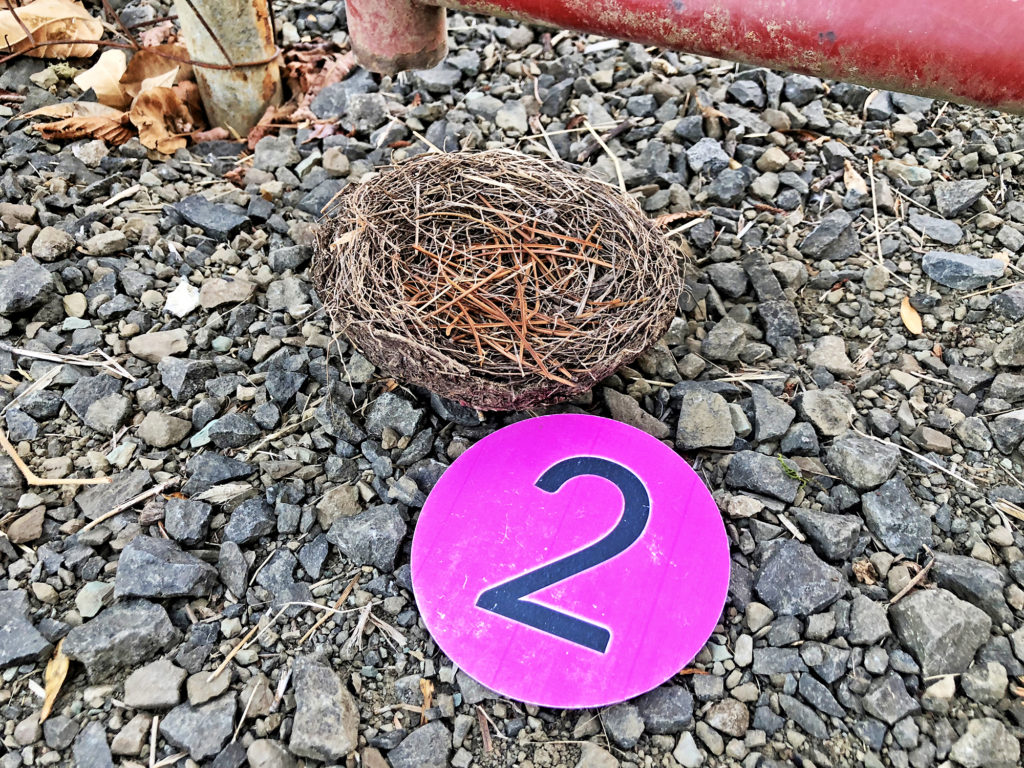
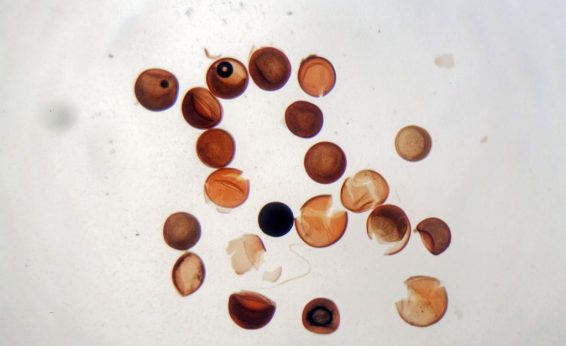
Many animal species do not build nests to protect eggs, instead they disperse large numbers of small eggs into their habitat.
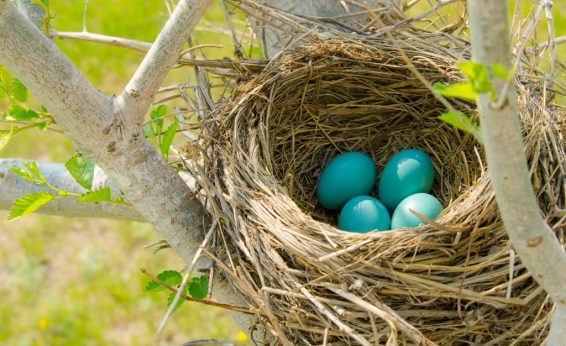
Nest building is time and resource expensive, but increases the probability of individual egg survival, and often correlates with a smaller number of large eggs.
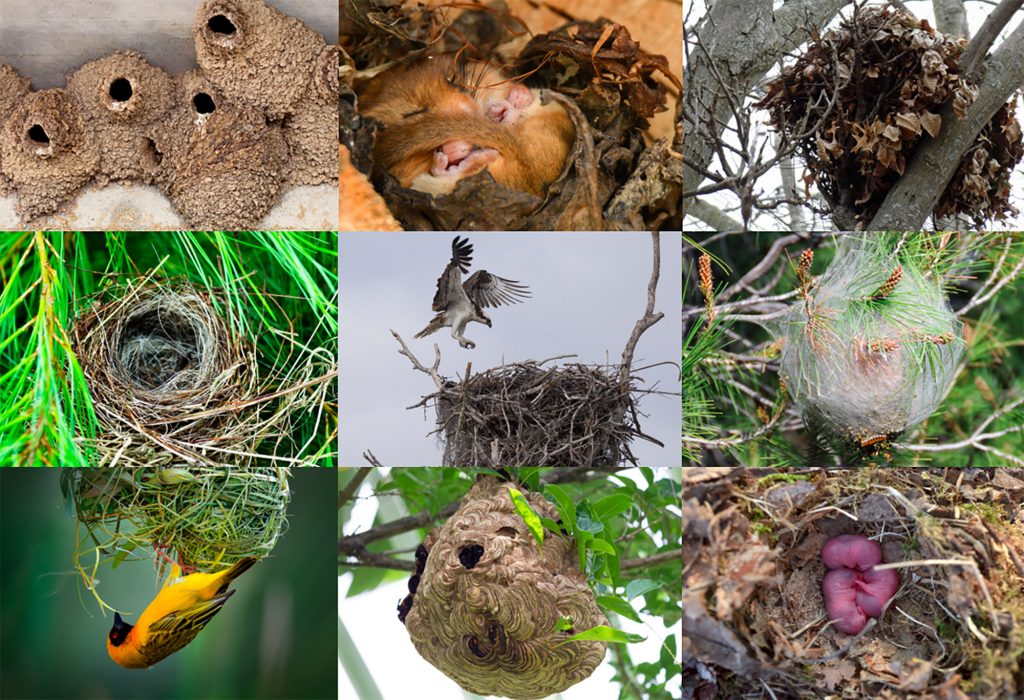
Nests are built from a range of materials, including leaves, silk, hair, paper, and mud. Some of the materials resist wind and rain, or contain chemicals that deter parasites.
Birds make the greatest variety of nests of any animal group. Shapes, sizes, and materials can be used to determine which species built the nest.
Nest building is largely genetically programmed; including the overall structure and materials used. However, long-lived species can improve nest construction with repeated efforts.
Barn swallow (Hirundo rustica) nests have a characteristic half-cup shape, made of grasses attached with mud to a high surface with overhead protection. This nesting behavior has enabled them to survive in areas with human-constructed buildings.
This is a museum exhibit comparing nests from Oregon coastal bird species.
The way to get the most out of exhibits like these is to dive in and interact with them; some can contain memorable information.
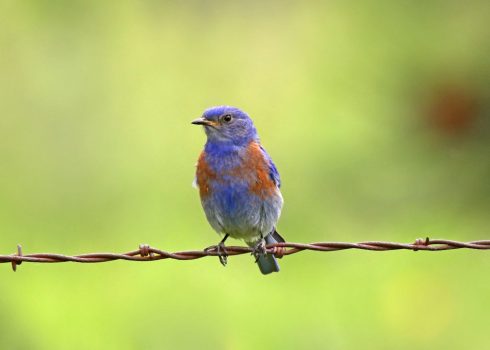
Nest boxes can increase the reproductive success of birds that have reduced nesting territory.
In the Willamette Valley of Oregon, corridors of bluebird houses are used to support the declining population of western bluebirds.
Bird houses have particular sizes and shapes to attract specific bird species and keep nestlings contained when young, but able to climb out when they are ready to fly.
Materials are important to reduce fume emissions, fungal growth, and over-exposure to the elements. Decorated (novelty) birdhouses are generally not suited for bird use.
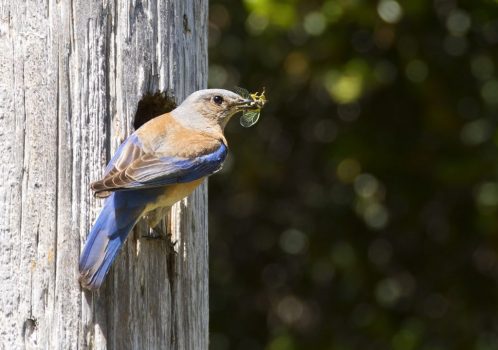
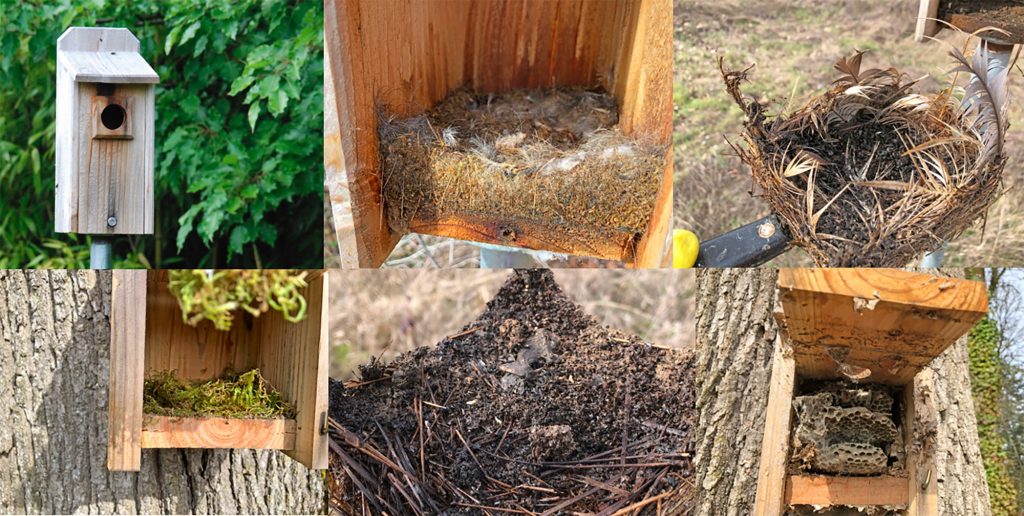
We can fit six properly spaced and oriented (away from the wind) bluebird houses in our field, although the nests suggest they were occupied by chickadees, martins, and hornets this past summer.
Most birds do not reuse their nests, and parasites like fly larvae (maggots), tics, and mites can linger in old nests. Mark demonstrates basic nest box cleaning.
Watch this video; you can select the closed captioning “cc” option if you would like to see the text.
Insects can also build webs, including some Lepidoteran (butterfly and moth) larvae.
We will save the impressive Hymenopteran (bee, wasp, ant, termite) nests for a later guide.
Many rodents build nests. Our male rats are collecting nesting materials in this video. Male rats do not generally participate in parental care to the degree of female rats, but they do construct and sleep in nests.
The next section explores aspects of parental care.











